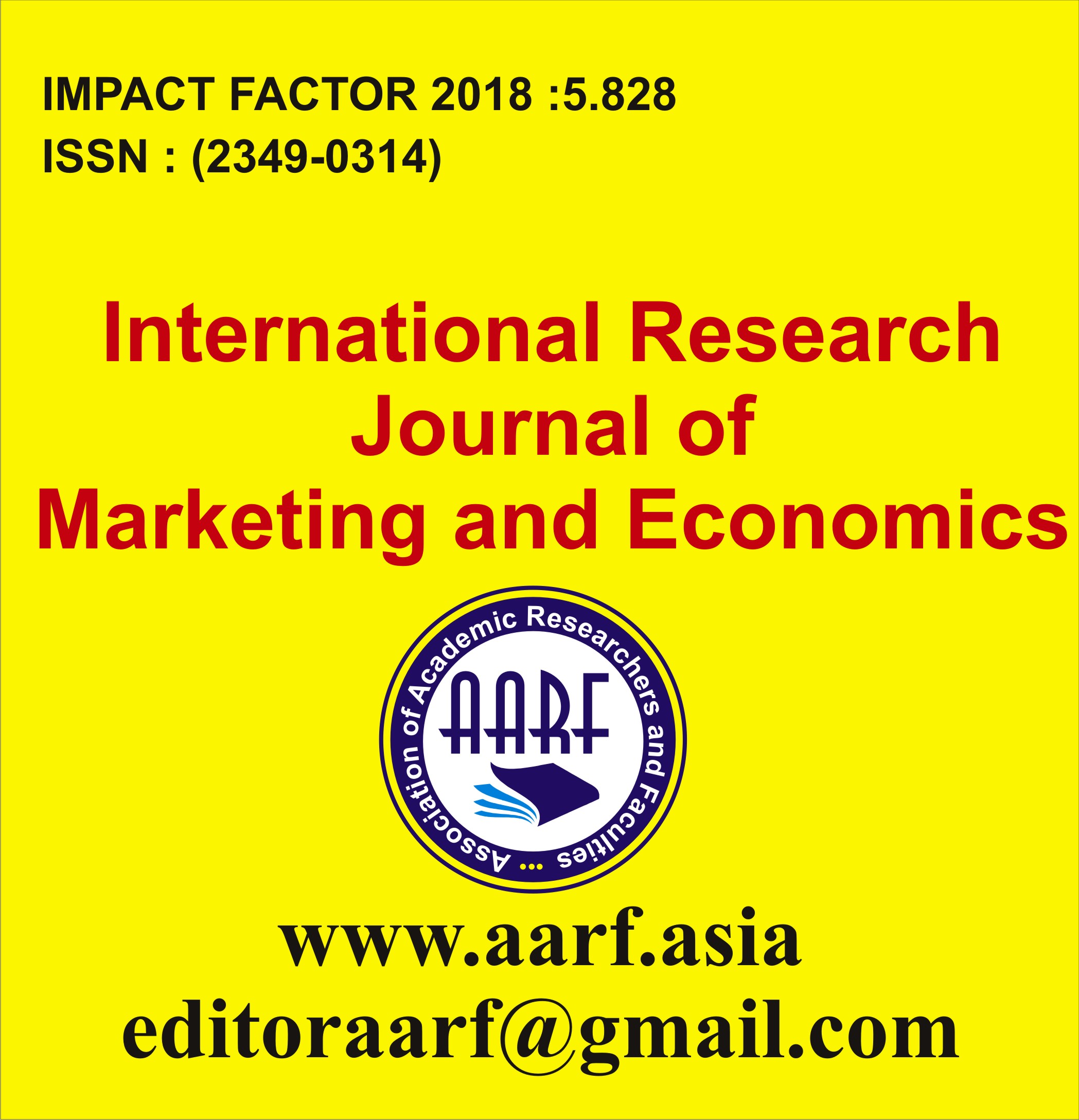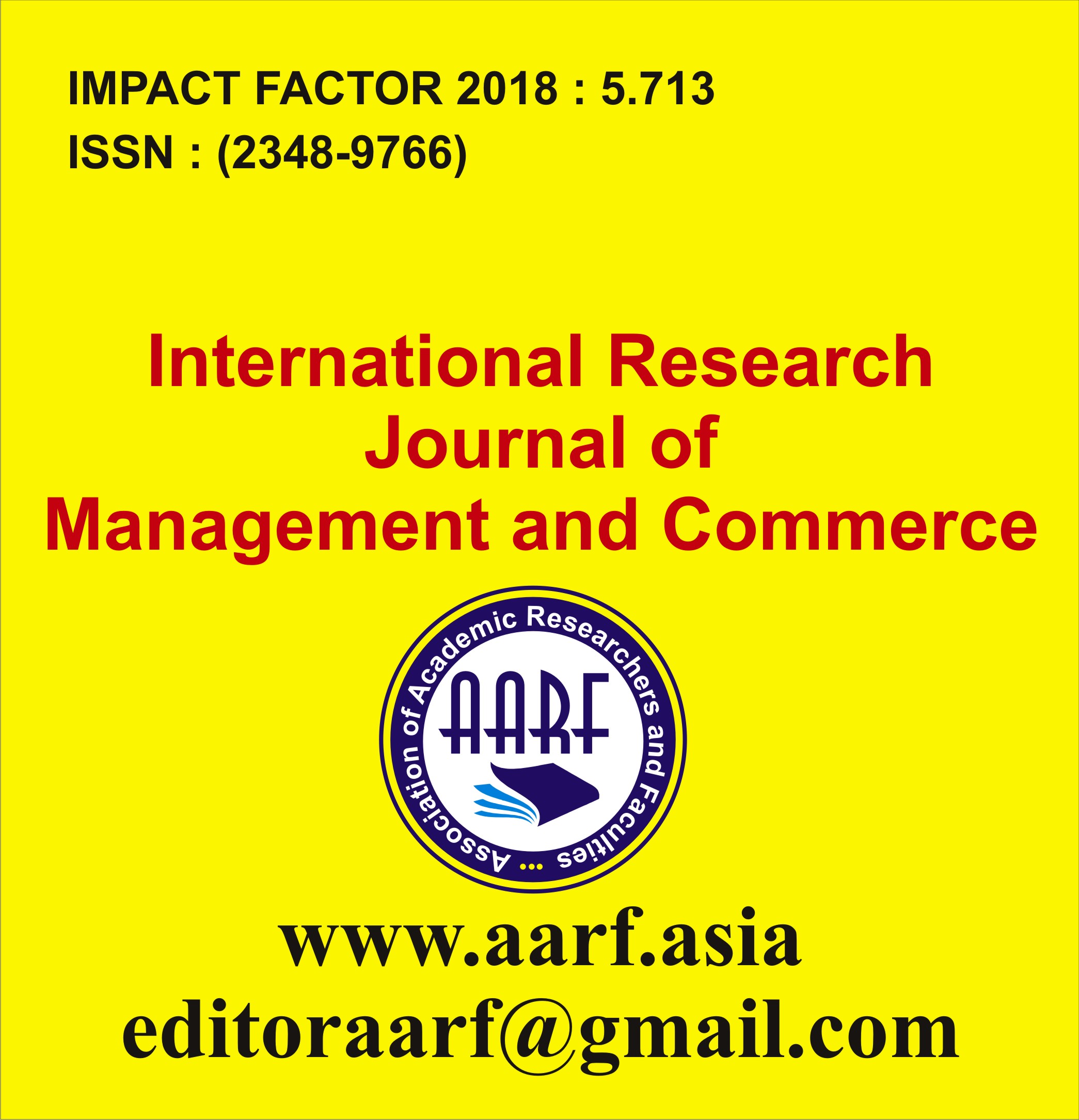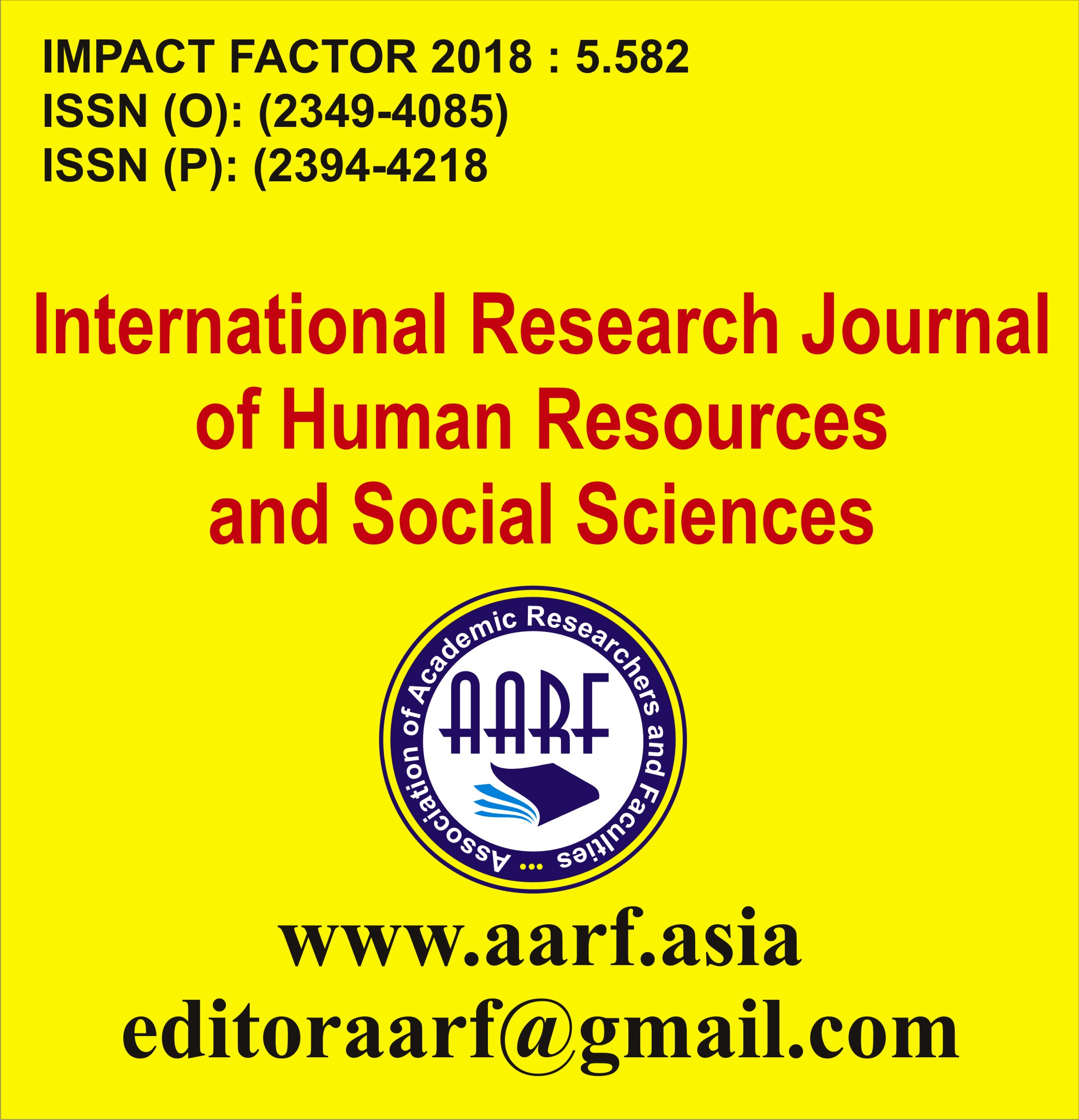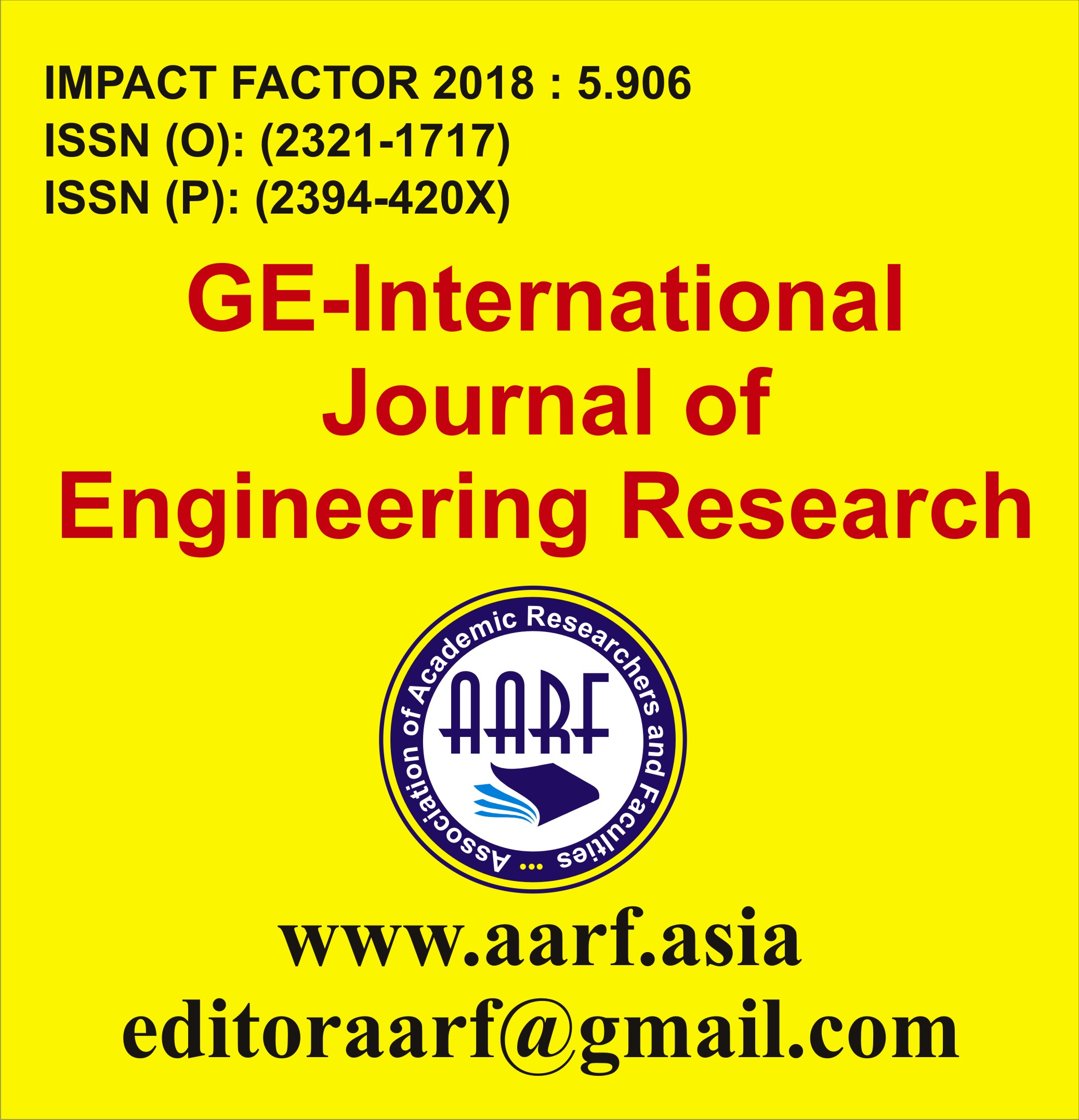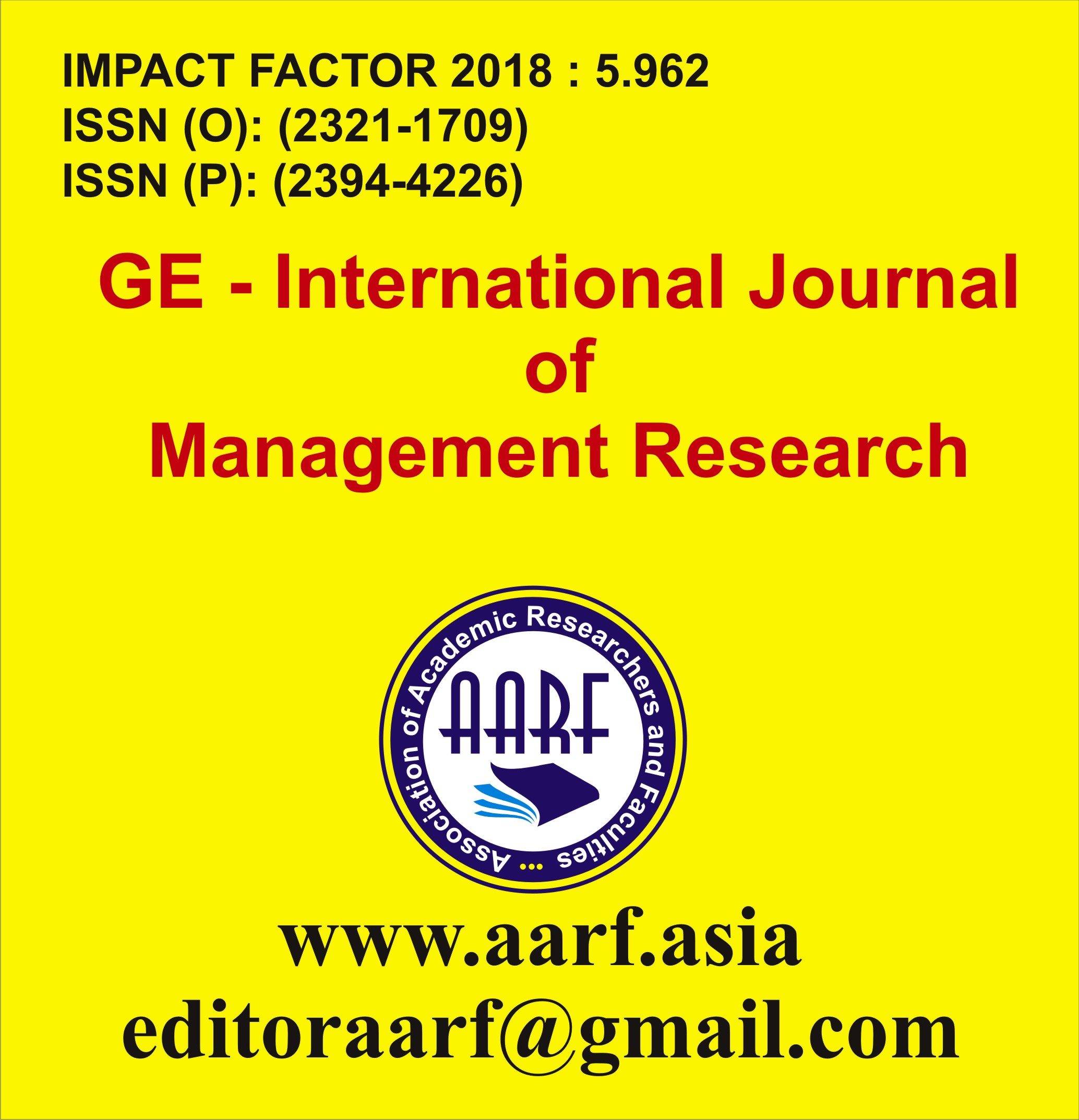
- Current Issue
- Past Issues
- Conference Proceedings
- Submit Manuscript
- Join Our Editorial Team
- Join as a Member

| S.No | Particular | Page No. | |
|---|---|---|---|
| 1 |
Dr.Naheed Saba1, Dr.Sania RizwanAbstract: The world was different before the pandemic hit. Technology was used as a tool but not as a medium for education. The majority of universities and colleges preferred classroom teaching. |
|
11-21 |
| 2 |
सुरेश कुमार डाॅ. राजू शर्माAbstract: वास्तव में आधुनिक संकटकाल में यह भुला दिया गया है कि ‘’मनुष्य ही राष्ट्र की वास्तविक संपदा है।‘’ इस कारण वे भौतिक संपदा के साथ मानवीय हितों का मूल्यांकन करने की गलती करते हैं। यह भी प्रमाणिक है कि धन के बिना मानव कल्याण संभव नहीं हैय लेकिन सुधार का सबसे पहला पैमाना मानव जीवन का प्रथम श्रेणी (गुणवत्ता) है। धन ही अवसरों के समाधान की अनुमति देता है। मानव विकास का आवश्यक लक्ष्य मानव के लिए सुलभ अवसरों की सीमा का विस्तार करना है ताकि सुधार अधिक लोकतांत्रिक और भागीदारीपूर्ण हो जाए। इन सही अवसरों में स्वस्थ्य, दीर्घ जीवन की संभावनाएँ, शिक्षित होने के अवसर और सभ्य जीवन जीने के अवसर शामिल हैं। अभिनव और उत्पादक होने और आत्म-सम्मान के अस्तित्व का नेतृत्व करने के अवसरों के साथ-साथ कई अलग-अलग विकल्प हैं। \r\n |
|
22-30 |
| 3 |
Mr. Viraj R. Jaulkar Dr. Muktadevi P. MohiteAbstract: This paper looks at primitivism in visual art, exploring its history and how it is viewed today. Primitivism started in the late 19th and early 20th centuries when Western artists were inspired by the art of non-Western cultures. While it brought new ideas, it also faced criticism for taking and misusing elements from other cultures without respect. Today, primitivism still influences art, but there is more focus on being respectful and understanding the original cultural contexts. This paper discusses two main responses: how modern artists from marginalized cultures reclaim and reinterpret their traditional motifs, and how globalization has led to more respectful cultural exchanges in the art world. These efforts aim to correct past mistakes and promote a more inclusive and respectful global art community. The paper highlights the importance of respecting cultural heritage and fostering true understanding between different cultures in today's art practices. |
|
31-35 |
| 4 |
डाॅ. सरोज चैधरी, डाॅ. श्यामा पुरोहित, रंजना अरोड़ाAbstract: दिन-प्रतिदिन अखबारों में बढ़ती आत्महत्याएं और बलात्कार जैसी भीषण व दिल दहला देने वाली घटनाएं निरंतर बढ़ती जा रही हैं आश्चर्य तो यह जानकर होता है कि बालकों की उम्र की कोई सीमा ही नहीं रही जहां सात वर्ष का बालक आत्महत्या कर रहा है वहीं दूसरी और दः वर्ष की बालिका के साथ बलात्कार हो रहा है। यह सत्य है कि शिक्षा का प्रचार-प्रसार निरंतर बढ़ रहा है। समाज-परिवार और देश, निसंदेह शिक्षित ही हो रहा है। फिर इन घटनाओं का कारण क्या है? क्यों बालकों में मनोबल और सहनशीलता की कमी होती जा रही है बालकों के पालन-पोषण में ऐसी क्या कमी होती जा रही है जो इन भीषण घटनाओं की संख्या निरंतर बढ़ती ही जा रही है। जब हमारा समाज इतना शिक्षित नहीं था तब शायद सभ्यता का विकास बहुत अधिक था। जब माताएं घर पर ही रहती थी तो पालन-पोषण में भी एक पवित्रता थी। |
|
36-44 |
| 5 |
Vinod Kumar and Dr. Daljeet singhAbstract: This endeavor aims to shed light on the diverse perspectives and interpretations of what constitutes "authentic" Hinduism, as perceived and practiced across various regions worldwide. This work brings forth another significant aspect, namely the longstanding perception of these texts as prescriptive compilations. The prevailing perspective, which has been widely accepted, stands in stark contrast to the primary finding of this research endeavor. It is worth noting that the Citra sutras, ancient treatises on the subject of Indian painting, offer divergent viewpoints. The study of the Citra sutras reveals numerous contradictions, highlighting the intriguing disparities between textual descriptions and the surviving paintings. The critical analysis and commentary of this study are rooted in a key empirical basis, which is derived from the application of views and experiences of contemporary traditional painters who are actively engaged in their artistic practice. The argument put forth in this study relies heavily on the accounts provided by various sources, which leads to the conclusion that the Citra sutras should not be regarded as prescriptive manuals for painters. The aforementioned texts, in essence, serve as a foundational framework that is intended to stimulate the cognitive processes of a painter. Consequently, these texts possess the potential to be manifested in diverse practical applications. |
|
49-57 |












